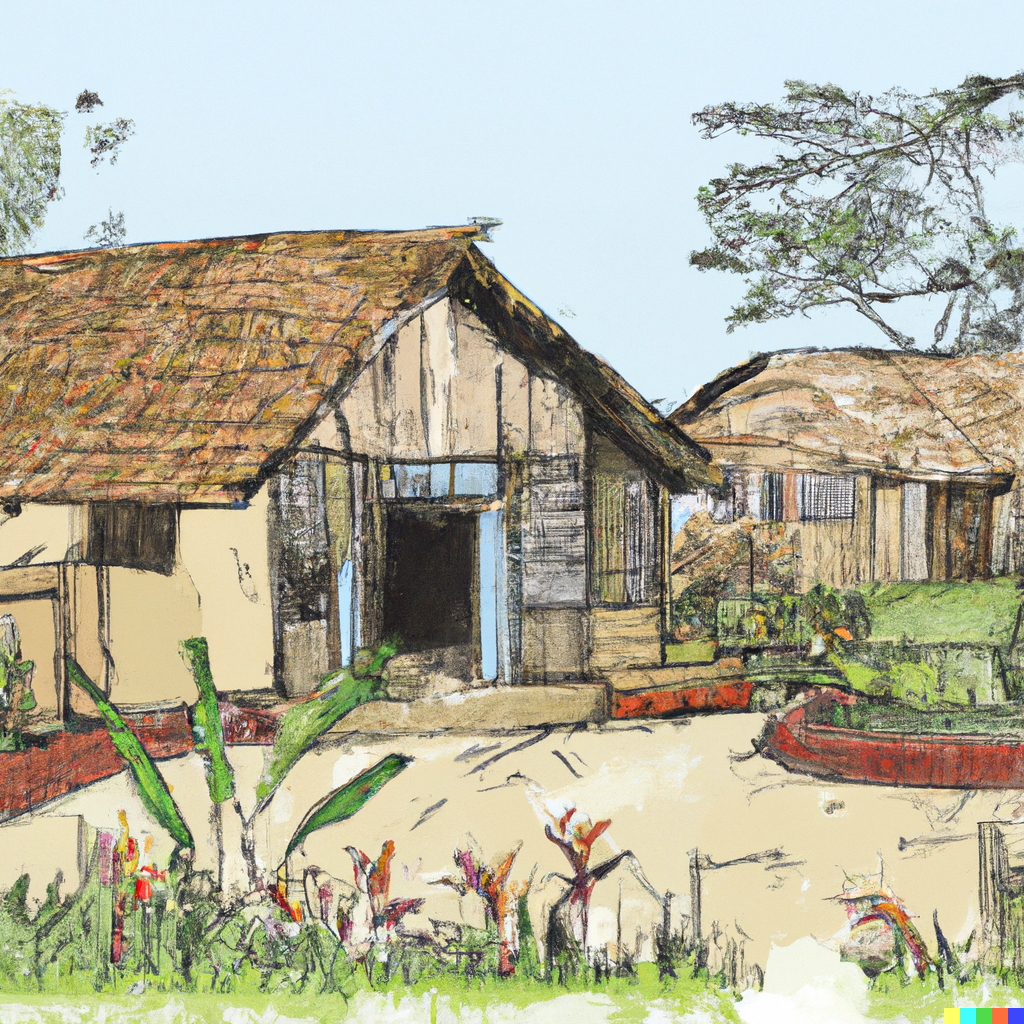Circular Economy: Design and Construction’s Path to Sustainability

Introduction
Circular economy is a sustainable design approach that aims to minimize waste and promote the reuse of materials. In architecture and construction, it means closing the loop and creating a system where the end-of-life of a building’s materials is not the end of their value.
The Benefits of Circular Economy in Design and Construction
The concept of circular economy is based on the idea of creating a closed-loop system where materials are kept in use for as long as possible. In design and construction, this means that buildings and their components should be designed for disassembly and reuse. This approach reduces waste and the use of virgin materials, which are both essential in creating a sustainable future.
Examples of Circular Building Practices
One example of a circular building is the “Circulaire” building in Amsterdam. It is a fully circular building that incorporates recycled materials, renewable energy, and green roofs. The building was designed for easy disassembly and reuse of its components, promoting a circular economy in the construction industry. Another example is the “Big Box” project in Sweden, which uses prefabricated components that can be easily dismantled and reused in different projects.
Challenges and Opportunities of Implementing Circular Economy
Implementing circular economy principles in the construction industry presents challenges such as the need for innovative and cost-effective solutions for disassembly, sorting, and recycling of materials. There is also a need for increased collaboration between architects, engineers, contractors, and suppliers to create a closed-loop system. However, the opportunities are significant, including reduced waste and greenhouse gas emissions, increased resource efficiency, and the development of new business models.
Conclusion
In conclusion, the circular economy in design and construction presents a path towards a more sustainable future. By designing buildings and their components for disassembly and reuse, we can reduce waste and promote the use of recycled materials. Although there are challenges in implementing this approach, the benefits are numerous, including environmental and economic advantages. It is essential for all stakeholders in the construction industry to work together to create a closed-loop system that promotes sustainability and innovation.



